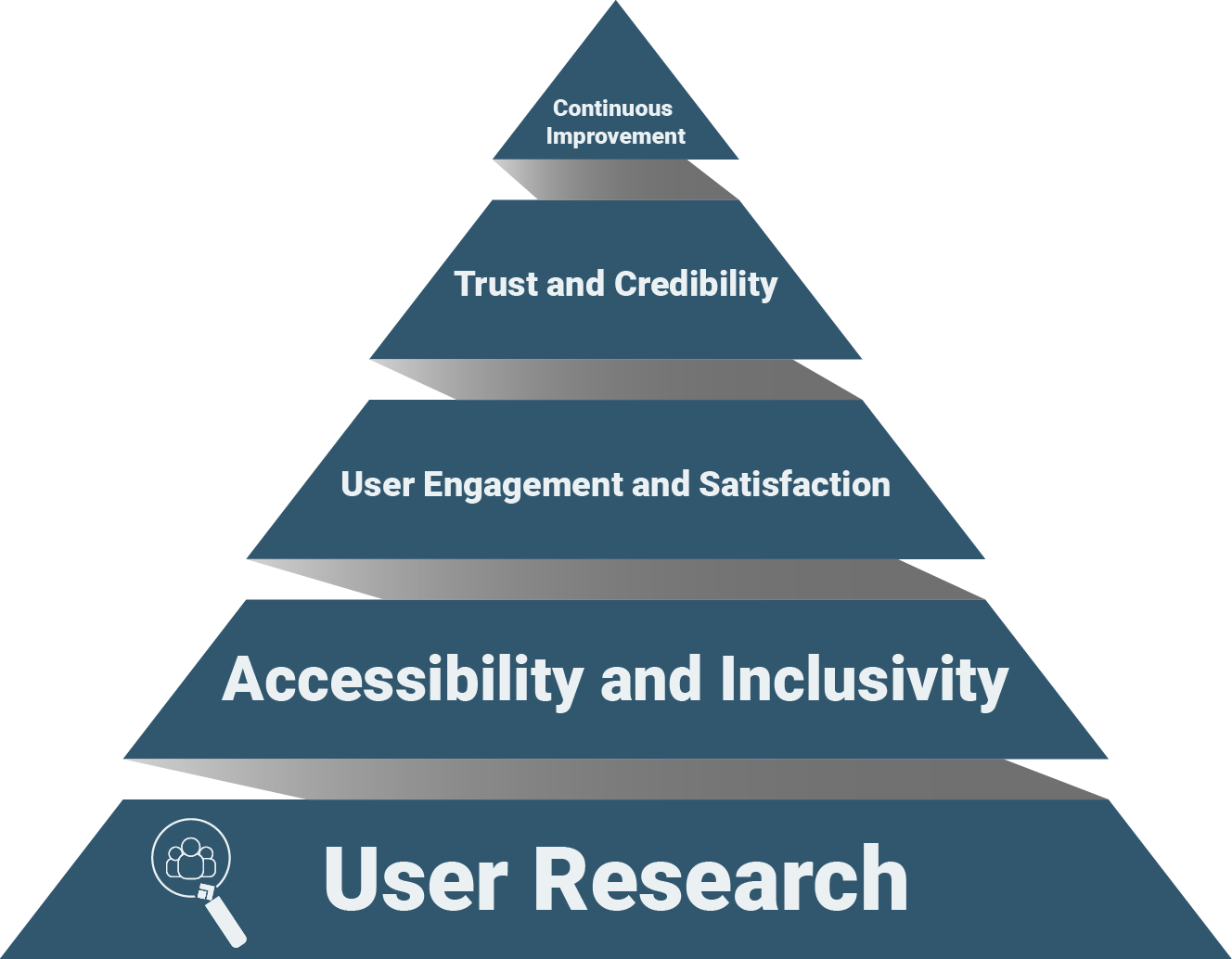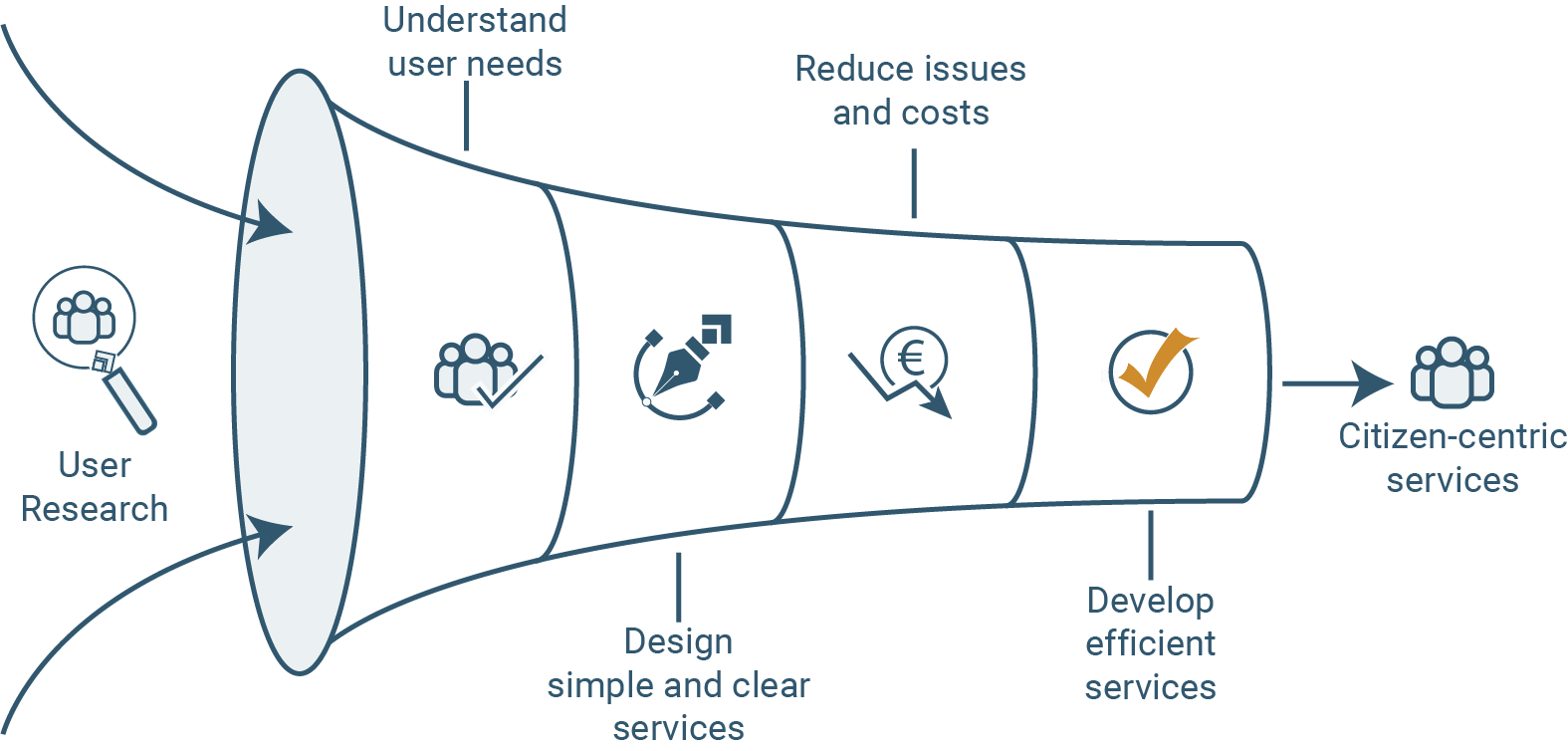How User Research drives success in digital Government services
08/04/25 | Blog
By Theodoros Demetriades, Standards Lead and Service Designer
Understanding the people we serve
User research is all about understanding the needs, behaviours, and challenges of the people who will use our digital government services. By involving citizens in the process from the beginning, we can create functional and easy-to-use services.
When we know what people need and how they interact with technology, we can design services that truly work for them. This means less frustration and more satisfied users.

Saving time and resources in the long run
Investing in user research might seem to add extra time to the project, but it actually saves time and resources in the long run. Without understanding our users, we risk creating services that don’t meet their needs or are difficult to use. This can lead to costly fixes, support issues, delays, reduced digital uptake and even the need to redesign entire services.
By getting it right from the start, we avoid these problems and create citizen-centric services that are efficient and effective.

Building trust in Digital Government
When government services are easy to use, people are more likely to trust them. User research helps us design with clarity and simplicity in mind, which means citizens can find what they need quickly and complete their tasks without confusion. This builds confidence in digital government services and encourages more people to use them.
The simpler and more accessible the services, the more comfortable people will feel using them. This helps boost digital adoption and means fewer people must rely on in-person visits or paper forms.
Making sure everyone can access services
Cyprus is home to a diverse population with varying levels of digital literacy and different physical and cognitive abilities. User research ensures that our services are inclusive and accessible to all. This includes neurological, physical, sensory, language, or other limitations. By involving users with different abilities and backgrounds, we can design digital services that are usable by everyone, regardless of their challenges.

This commitment to accessibility not only helps us meet legal requirements but also ensures that no one is left behind, fostering a more inclusive digital environment for all citizens.
Continuous improvement for the future
User research doesn’t stop after a service is launched. It’s an ongoing process that helps us continuously improve our digital products. By regularly gathering feedback and observing how people use our services, we can make necessary updates and adapt to changing needs. This commitment to improvement keeps our digital government services relevant and user-friendly over time.
Relevant Content
- Enhancing the Unified Design System with automated visual testing
- Design System update (V.3.0.0) - Unified Design System
- Improving Accessibility: Lessons from making design elements screen reader-friendly
- How to use the Figma community library file to design digital services
- Framework for the Digital Transformation of Government Services